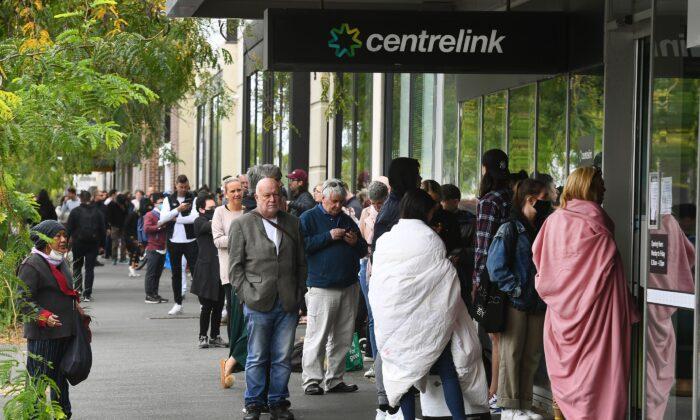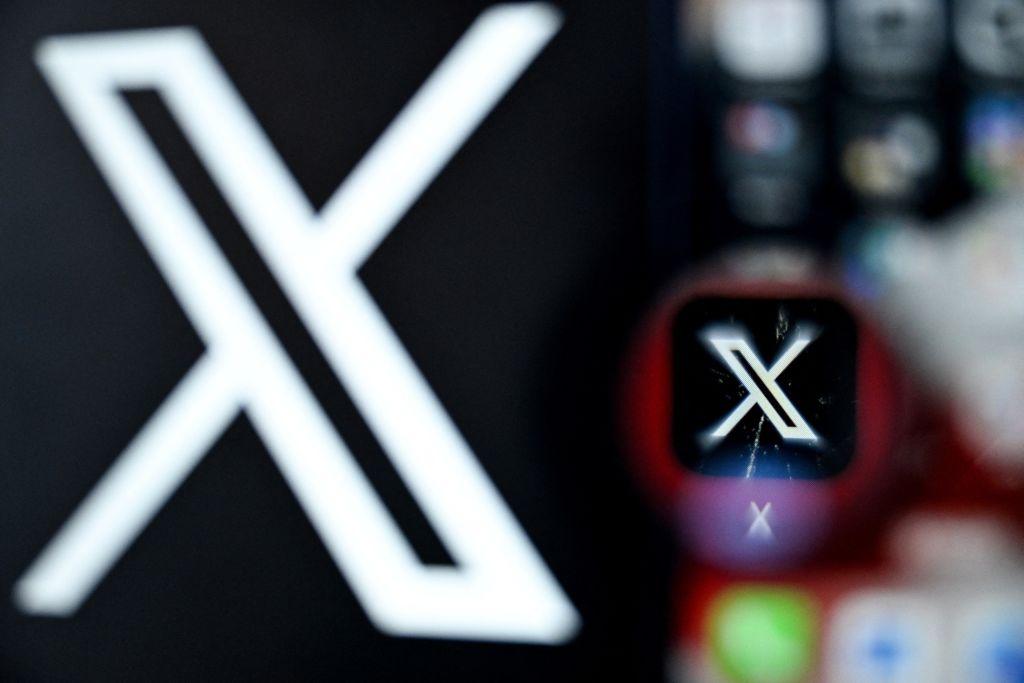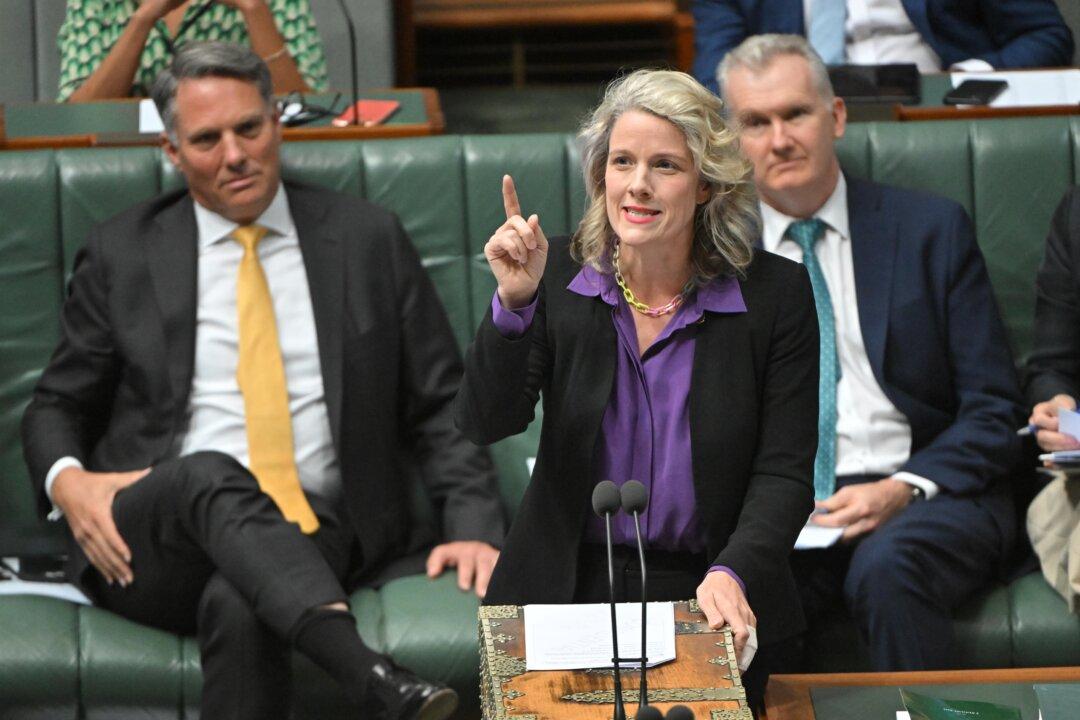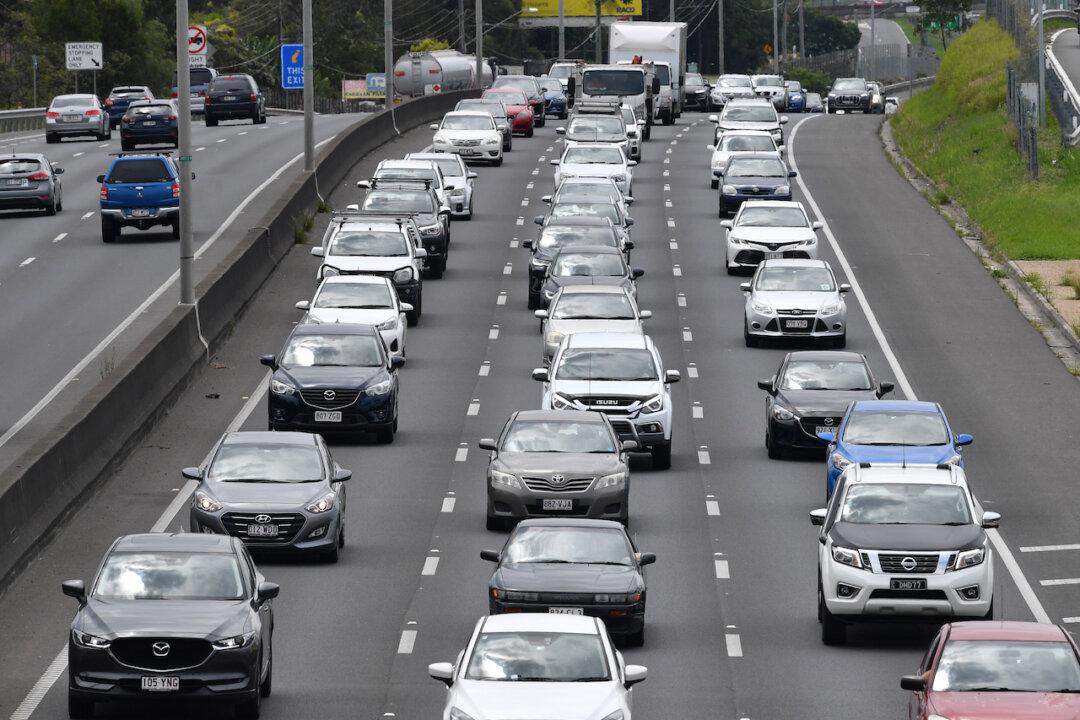The jump in the jobless rate to the highest level in nearly two decades is only the beginning, with further rises expected in coming months as the impact of COVID-19 takes its toll.
The unemployment rate spiked to its highest level in nearly two decades at 7.1 percent in May as a further 227,700 people lost their job.
May’s monthly drop in the number of people employed is the second largest on record, after nearly 600,000 were sacked in April, figures released on June 18 by the Australian Bureau of Statistics show.
“The numbers are going to get worse before they get better,” Treasurer Josh Frydenberg told ABC’s 7.30 program.
Treasury expects the unemployment rate could hit eight percent by September.
Market economists think it could go even higher, particularly as support measures during the crisis, like the JobKeeper wage subsidy, are wound back.
“Today is exactly 100 days until JobKeeper stops and people literally will fall off a cliff,” Opposition Leader Anthony Albanese told Channel Seven’s Sunrise program on Friday.
“The idea that you can just withdraw all that support at one point in time ... it is going to have a real impact.”
Treasury is in the process of reviewing the JobKeeper and the enhanced Job Seeker programs, with the treasurer expected to announce their findings on July 23.
“We are getting all the data that we need to make the key decisions going forward, which will strengthen our economy as we come out of the coronavirus pandemic,” the Education Minister Dan Tehan told ABC television.
Many people have pulled out of the labour market completely, so they are not registered as unemployed.
This has resulted in a fall in the participation rate, of people either in or seeking work, to its lowest level since 2001.
The ABS says if all the 835,000 who had lost their job in the past two months were still actively seeking work, the jobless rate would have been 11.3 percent.
JP Morgan economist Tom Kennedy anticipates that changes to JobKeeper and JobSeeker eligibility will force unemployment higher.
“We retain the view that unemployment will continue to push higher, peaking just above nine percent in (the second half of 2020),” Kennedy said in a note to clients.
Royal Bank of Canada head of Australian and New Zealand strategy Su-Lin Ong also expects the unemployment rate will continue to rise, peaking at 8-8.5 percent by the end of 2020.
“The unemployment rate is likely to remain elevated in 2021, with our year-end target at 7-7.5 percent,” Ong said.






Friends Read Free